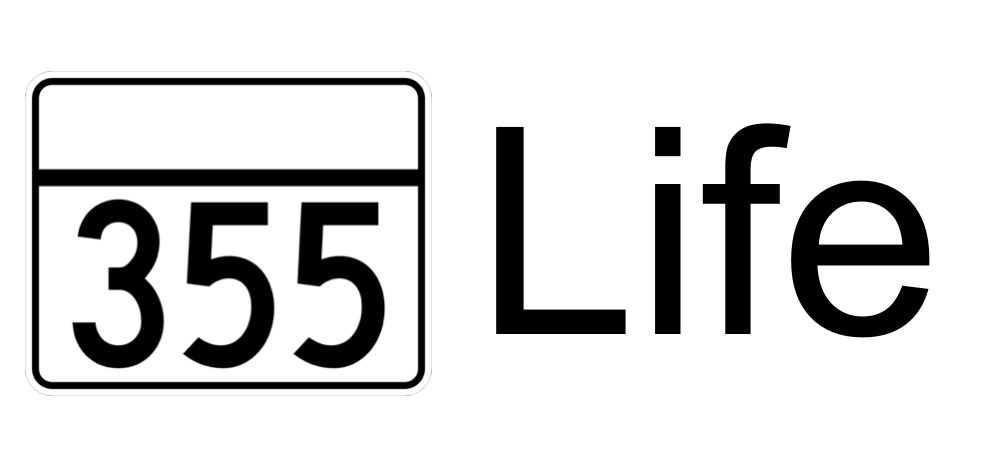Product Design to Fit a Target Market
What is Product Design?
Designing a product is the art of combining requirements and functionality with the end-user in mind. Whether you are designing a new car model, a home, children’s toys, software, or even a service - the same fundamental concepts and processes apply. Design is the thought that goes into the product at a planning stage that is realized in the production phase. Good design shows through when the consumer takes the first look or experiences the product for the first time.
Design appreciation may vary by region or culture, but some universally accepted design values include; simplicity, comfort, longevity, ease of use, and human connection. In a well-designed product, the creator’s care shows through.
What Designs Attract our Market of Asian American Parents?
We will use the Chinese-American market as a good example with principles that can easily be applied to other Asian markets. When studying the Chinese-American market it is important to differentiate between ABC (American Born Chinese) parents who may have been here for generations, and “new arrivals” - recent immigrants or the direct descendants of. This distinction will have huge implications on the cultural associations, context, and expectations of these social groups as consumers.
When we design for these two distinct markets, this is something important to have in mind because as parents, an older demographic, they are less likely to adapt to the new surroundings. A product designed for the ABC market should be functionally, culturally, and linguistically American - both because the consumer may not even be “fluent” in the Chinese culture and because they see themselves first and foremost as Americans, but should be visually Chinese - which would still resonate with the viewer and strike up a sense of familiarity. On the other hand, recent arrivals versed in the Chinese language and unfamiliar with the local culture will need products designed to mimic the consumer experience and cultural context in China.
How do we fit the product to the market by designing our materials, content, and brochures well?
First of all - language. If a person sees content in a language that is foreign to them or even just challenging to comprehend, they won’t even take a look, less so pick it up and make contact. Assuming that English as an international language is the best bet is a huge mistake when approaching the middle-aged Asian market. The effort of translating materials into the customer’s native language will definitely yield fruits and give the feeling that the product itself is also designed for them. Second is the visuals.
Pictures should feature Asian models, Asian foods, and familiar landscapes. Color schemes should also be adjusted appropriately - for example red is considered an auspicious color in Chinese culture. Lastly, and most importantly is modes of contact. Each Asian country has its own preferred method of communication whether it is WeChat in China, Line in Japan, Kakao Talk in Korea, etc. By providing contact information in the target market’s preferred mode of communication you raise your chances of a lead significantly.



